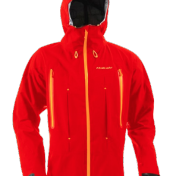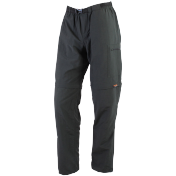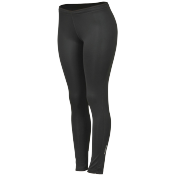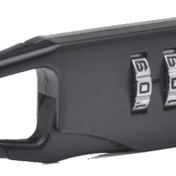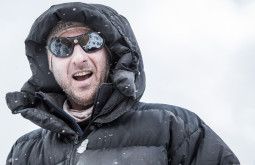- 28 Dec 2024 until 03 Jan 2025
- 28 Feb 2025 until 06 March 2025
Following the footsteps of San Martin on his 1818 expedition to free Chile (Argentine general responsible for Argentinean and Chilean independence), our trek has extraordinary beauty and great historical value. The pass we chose is one of 6 passes used by San Martin’s troops to liberate Chile in a historical expedition, considered today one of major feats in world military history.
Although the trek is right between Mendoza and Santiago, two major capitals, it remais quite unexplored and receives probably less than 300 visitors per year. It is quite common to see guanacos (relative of llamas), condors, rare birds, wild rabbits among other wild animals.
The trek is not easy. We have to cross two 4000 metre passes and a few major rivers. This itself is a great adventure and we need teamwork to do it. At the end of this exciting trek we get to Chile via Valle del Yeso. At the end of this adventure we will arrive at the thermal water pools in a place called Termas del Plomo, just after crossing the river Plomo.







